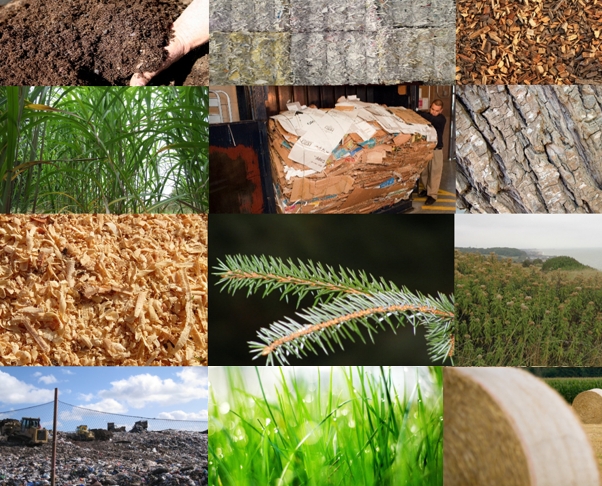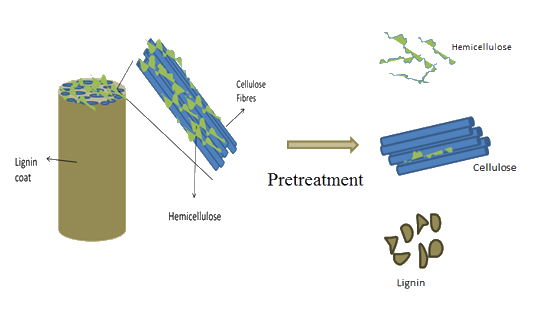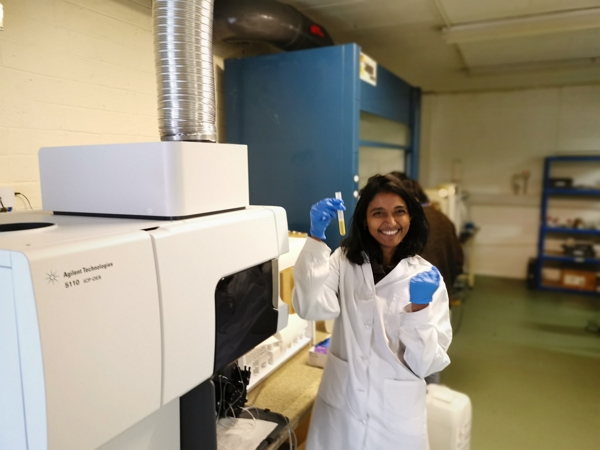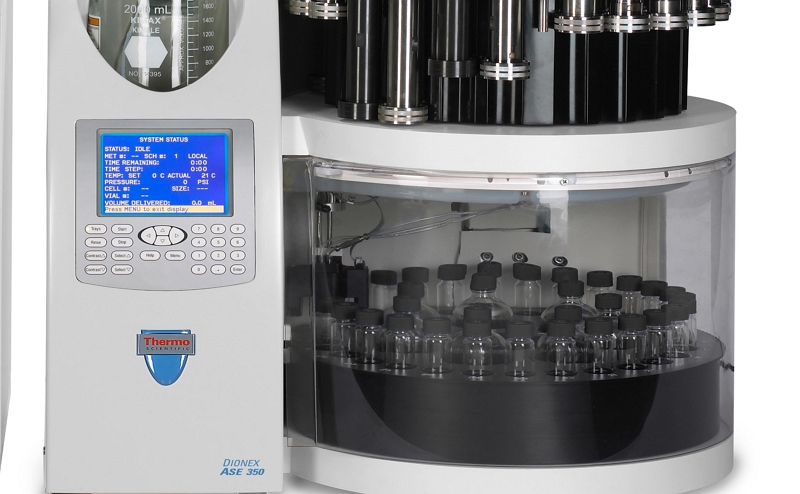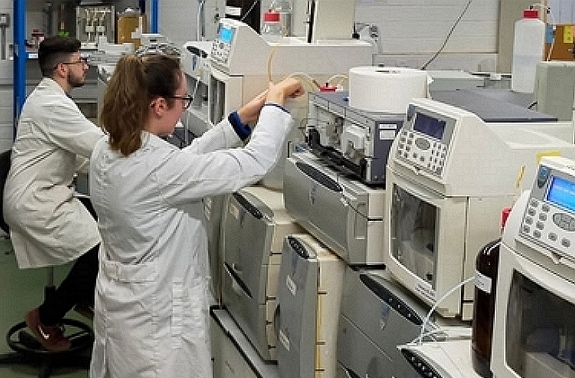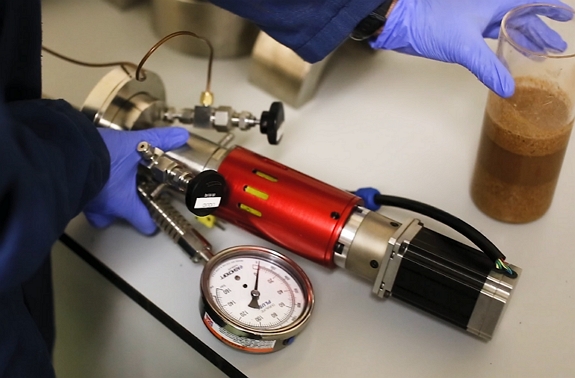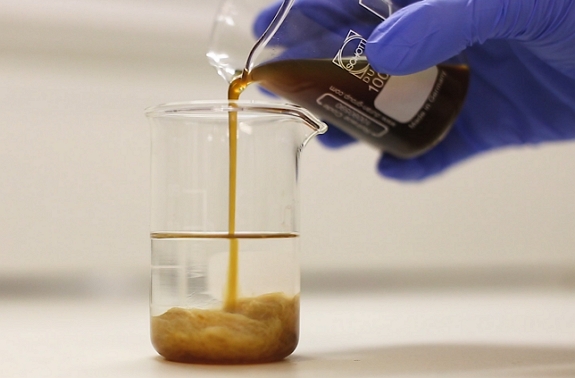Hydrothermal (Liquid Hot Water) Pretreatment of Biomass
Background
Lignocellulosic Biomass
Lignocellulosic biomass is defined as a plant, or plant-derived, material that is mostly composed of cellulose, hemicellulose, and lignin. Lignocellulosic feedstocks are highly abundant, covering many biomass types including grasses, wood, energy crops (e.g. Miscanthus and coppices), agricultural residues (e.g. straws and corn stover), and municipal wastes.Lignocellulosic feedstocks are highly abundant and can often be sourced sustainably, at low cost, without leading to land-use conflicts. As a result, there is currently great interest in obtaining chemicals, fuels, and biomaterials from such biomass.
However, the hydrolysis of lignocellulosic polysaccharides is not easy and is influenced by the complex inter-associations between hemicellulose and cellulose and between these polysaccharides and lignin in the lignocellulosic matrix. In particular, the crystalline nature of much cellulose and the existence of a physical barrier of lignin surrounding the cellulose fibres are said to be major contributors to the recalcitrance of cellulose.
The mechanism of hydrolysis is further complicated by the fact that different process intensities are required for the hydrolysis of cellulose versus hemicellulose. The more intense conditions required for cellulose hydrolysis may degrade the sugars hydrolysed from hemicellulose (to products such as furfural and formic acid).
For this reason, most hydrolysis technologies employ pre-treatment processes that aim to break apart the matrix (and in particular the associations between lignin and cellulose), reduce cellulose crystallinty, and hydrolyse hemicelluloses, hence separating the hydrolysate from cellulose which can then undergo more severe/targeted treatment.
Get more info...Biomass Hydrolysis
Need for Pretreatment
For this reason, most hydrolysis technologies employ pre-treatment processes that aim to break apart the matrix (and in particular the associations between lignin and cellulose), reduce cellulose crystallinty, and hydrolyse hemicelluloses, hence separating the hydrolysate from cellulose which can then undergo more severe/targeted treatment.Get more info...Pretreatment Homepage
Hydrothermal Pretreatment (Liquid Hot Water)
The general targets of LHW pretreatments are:
- Hydrolysis of hemicellulose.
- Partial removal of lignin from the solid biomass.
- A reduction in cellulose recalcitrance to enzymatic hydrolysis.
Effects of Different LHW Conditions
An advantage of LHW at lower temperatures is that hemicelluloses can be efficiently hydrolysed without significant amounts of degradation products (e.g. furfural from pentoses and hydroxymethylfurfural from hexoses). The products of hemicellulose hydrolysis can be oligosaccharides (sugar oligomers), monosaccharides (e.g. xylose, arabinose), or a combination of these, depending on the process conditions.As temperatures increase, less hemicelluloses will remain in the polymeric form and there is a tendency for monomers to be favoured over oligomers, however the potential for sugar degradation products to form also increases.
Factors to Consider in LHW Pretreatment
- Extractives - The content of composition of the extractives is important in hydrothermal pretreatment as many of these are likely to also come out in the liquid phase. These may end up as pseudo-lignins that can be sorbed back onto the biomass, hindering subsequent enzymatic hydrolysis. For feedstocks with particularly high extractives content it may be necessary to employ an extractives-removal step prior to LHW pretreatment.
- Hemicellulose Type - Feedstocks with hemicelluloses containing acetyl groups are more suited to LHW pretreatments as the hydrolysis of acetyl groups during the pretreatment generates acetic acid which helps to catalyse the hydrolysis of more hemicellulose. (e.g. hardwoods, herbaceous biomass etc.) removal of lignin from the solid biomass.
- Lignin Content - Biomass with higher lignin contents tend to be more resistant to hydrothermal pretreatments.
Advantages of Hydrothermal Pretreatment
- Environmentally Friendly - As a result of the process not using chemicals.
- Minimial Inhibitor Formation - Particularly at lower process severities.
- Effective on Hemicellulose & Cellulose - In many feedstocks the process effectively hydrolyses the hemicellulose and helps to make the cellulose much more available for cellulase enzymes.
- Can Provide Oligomeric Sugars - There has been a particular interest in recent years in the generation of oligosaccharides, rather than monosaccharides, from lignocellulose. This is due to the potential benefits, to human and/or animal health, of oligomeric sugars included in food/feed or supplements. This is particularly the case for XOS (xylo-oligosaccharides, derived from hemicelluloses with a xylan backbone). LHW pretreatment allows for the optimisation of conditions to target oligomer production from hemicellulose.
Disadvantages of LHW Pretreatment
- CAPEX & Energy Requirements - Due to the need for special reactors that can handle high pressures increases and then the energy demands associated with high temperatures and pressures.
- Unsuitable for Some Feedstocks - For example those with high lignin and/or extractives contents.
- Hydrolysed Hemicellulose in Different Forms - There is likely to be a distribution of the hydrolysed hemicellulose between oligomers, monomers, and (under higher process severeties) degradation products. Subsequent downstream valorisation approaches for the hemicellulose should be compatible with this profile of hydrolysis products.
- Condition and Feedstock Specific - There are many variables to consider in hydrothermal pretreatment (e.g. temperature, pressure, time, etc.). Due to the complexity of lignocellulosic biomass, the best approach for one feedstock may not be suitable for another. Hence, optimisation work is necessary for different feedstocks.
Hydrothermal Pretreatment Bioprocess Development at Celignis
Our initial step would involve learning from you what your targets are for the pretreatment and what the subsequent stages of the process, and final products, should be.
Then we would undergo a detailed compositional analysis of the feedstock in order to gain an understanding of its suitability for LHW pretreatment and to consider appropriate process conditions.
There would be detailed analysis of the liquid and solid outputs of these pretreatments, comparing these results with the targeted aims of the pretreatment and downstream valorisation.
If there are also plans for downstream valorisation of the liquid fraction we can also assess the suitability of various hydrolysates from the DoE for such processes.
The commercial viability of pretreatment is particularly important and should be considered throughout the project. We usually recommend to our clients that we undertake interative techno-economic analyses (TEA) at various stages of the bioprocess development, so that the experimental and scale-up work are framed in a commercially-relevant context.
Get more info...How our Bioprocess Projects Work
Other Types of Biomass Pretreament
Get more info...Mechanical Pretreatment
Get more info...Steam Pretreatment
Get more info...Acid Pretreatment
Get more info...Acid Pretreatment
Get more info...Organosolv Pretreatment
Get more info...Other Pretreatments
Get more info...Pretreatment Homepage
With regards to the pretreatment of biomass, the Celignis Bioprocess team members with the most experience in undertaking such projects are listed below. Feel free to contact them to discuss potential projects.

Lalitha Gottumukkala
Founder of Celignis Bioprocess, CIO of Celignis
PhD
Has a deep understanding of all biological and chemical aspects of bioproceses. Has developed Celignis into a renowned provider of bioprocess development services to a global network of clients.

Oscar Bedzo
Bioprocess Project Manager & Technoeconomic Analysis Lead
PhD
A dynamic, purpose-driven chemical engineer with expertise in bioprocess development, process design, simulation and techno-economic analysis over several years in the bioeconomy sector.
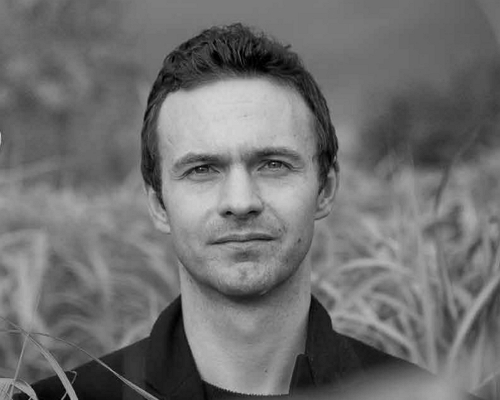
Dan Hayes
Celignis CEO And Founder
PhD (Analytical Chemistry)
Dreamer and achiever. Took Celignis from a concept in a research project to being the bioeconomy's premier provider of analytical and bioprocessing expertise.


